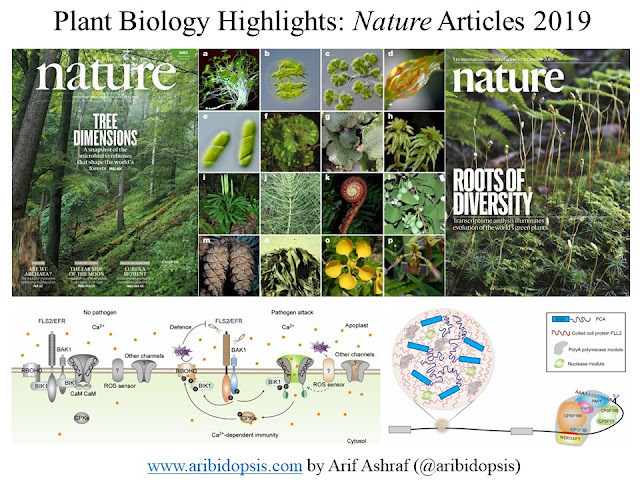Measuring Cytokinin In Zeptomole Level
Phytohormone cytokinin is well studied since its discovery by Folke Skoog and colleagues around 60 years ago. Cytokinin promotes cell division (cytokinesis), cell growth, differentiation and affect apical dominance, axillary bud growth, leaf senescence and so on. Most interestingly, it interacts with other hormones like auxin, ethylene, abscisic acid, gibberellins, and strigolactones. More precisely, the balance between cytokinin and auxin underlies their critical, antagonistic roles in
regulating organ initiation, embryogenesis,
meristem function, and other crucial processes.
Phytohormone levels are thought
to be tightly regulated both temporally and
spatially.
In the root of Arabidopsis thaliana, an auxin gradient is observed. But, such a gradient study for cytokinin has not done yet. This is challenging for cytokinin, because cytokinins are present
at extremely low levels (pmol/ g-21 fresh
weight, 100-fold lower than auxin levels)
and consist of several related molecules and
derived metabolites, different forms of which
can interconvert via enzymatic reactions.
Antoniadi et al. (2015) used a powerful
technique to construct a map of the intracellular
distribution of cytokinin and cytokinin metabolites
in the Arabidopsis root tip based on
precise measurements of cytokinin pools in different
cell types. To construct this map, the
authors measured cytokinin levels in protoplasts prepared from four different populations
of root tip cells. The cell populations were
labeled by expressing green fluorescent
protein (GFP) in root tips under the control
of four different cell-type-specific promoters
driving expression in different regions
of the root tip, including the distal root
(root cap, columella, columella initials, and
quiescent center), endodermis, stele, and cortex/epidermis regions.
An intracellular gradient of CKs and CK
metabolites was detected in the apical part
of the primary root, with maximum levels in
the lateral root cap, columella, columella
initials, and quiescent center cells. Strikingly, the authors estimated
the concentration of CK metabolites in
a single root cell to be in the zeptomole
range (between 3 X 10-21 and 100 X 10-21 mol per cell), highlighting the exquisite
sensitivity of their detection system.
Please follow the link below for the original research article:





Comments
Post a Comment